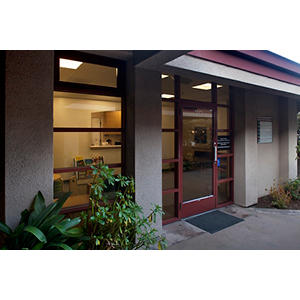Meaghan Beattie, MD
Clinical Assistant Professor
Pediatric Cardiology
Lucile Packard Children's Hospital Stanford
Betty Irene Moore Children's Heart Center
725 Welch Road, Ste 120
Palo Alto, CA 94304
Phone:
(650) 497-8000
Fax:
(650) 725-8343
Locations

Betty Irene Moore Children's Heart Center
725 Welch Road, Ste 120
Palo Alto, CA 94304
Phone : (650) 497-8000
Fax : (650) 725-8343





Work and Education
Professional Education
UCLA David Geffen School Of Medicine, Los Angeles, CA, 6/1/2012
Residency
UCSF Pediatric Residency, San Francisco, CA, 6/30/2015
Fellowship
Boston Children's Hospital Cardiac Imaging Fellowship, Boston, MA, 6/30/2020
Boston Childrens Hospital Pediatric Cardiology Fellowship, Boston, MA, 6/30/2019
Board Certifications
Pediatrics, American Board of Pediatrics, 2015
Pediatric Cardiology, American Board of Pediatrics, 2020
Languages
English


Connect with us:
Download our App: